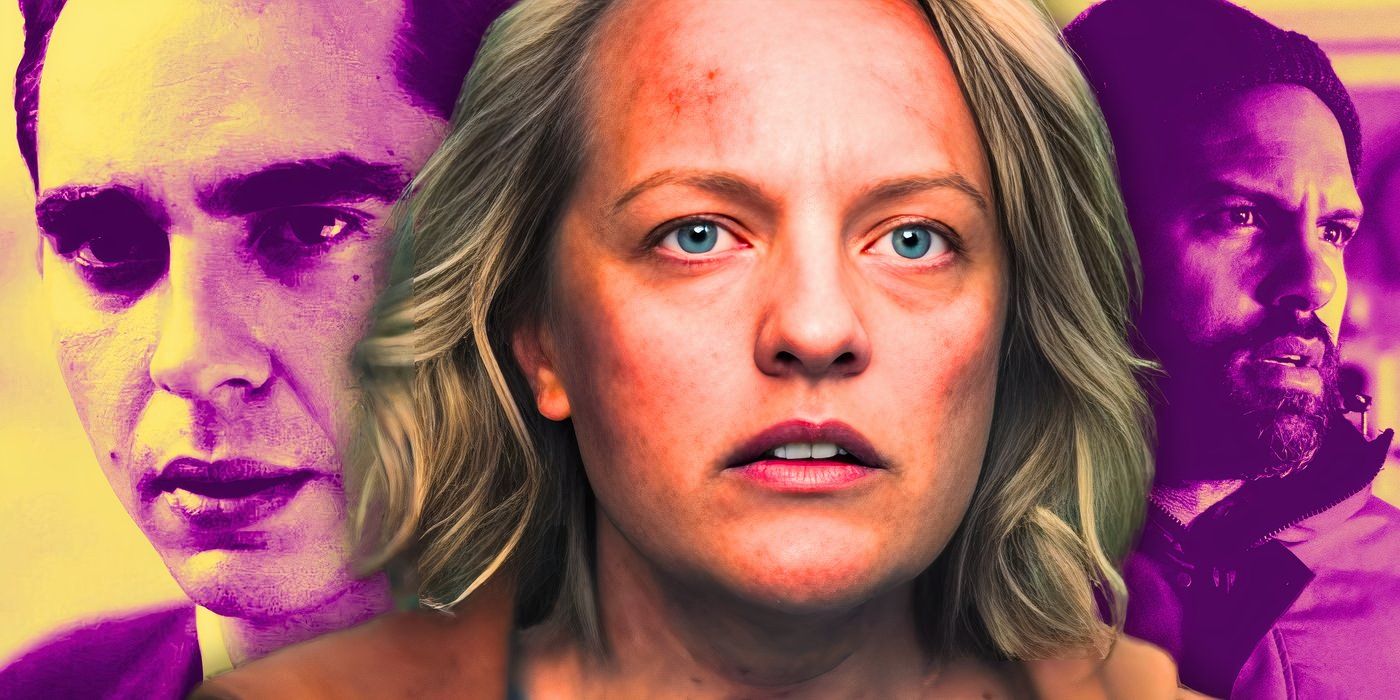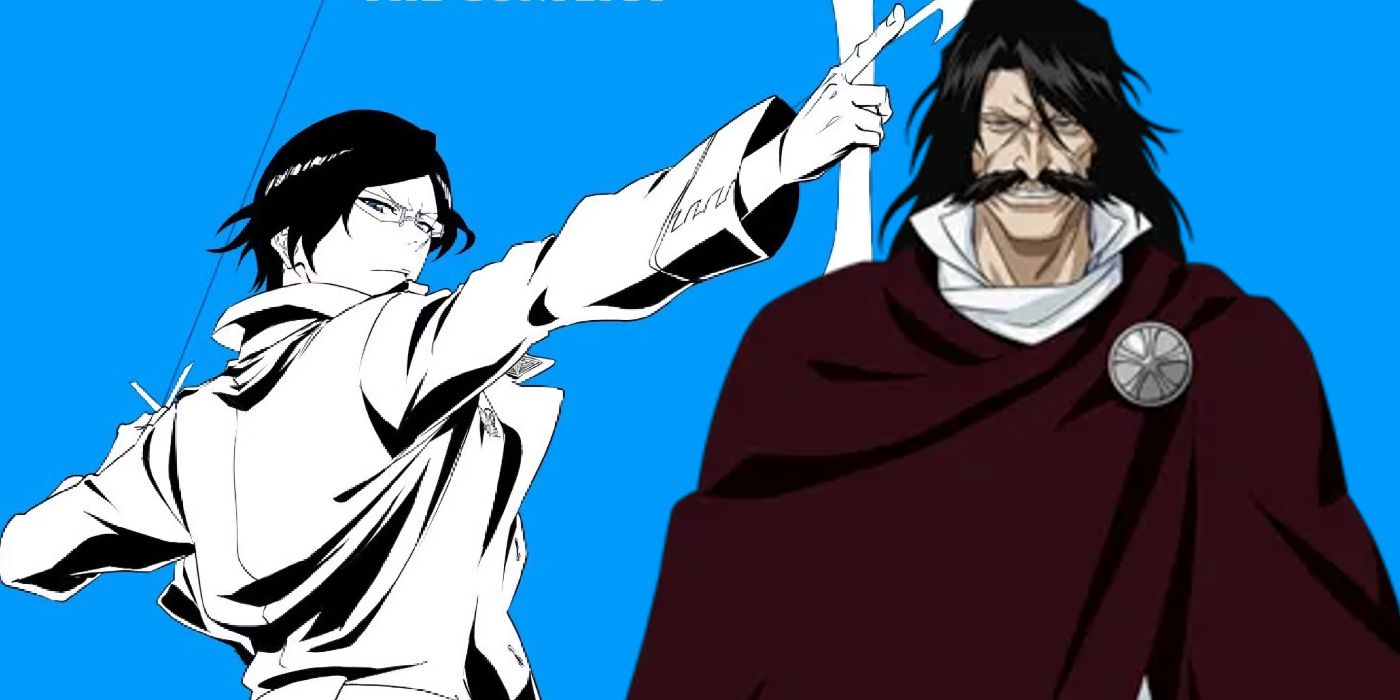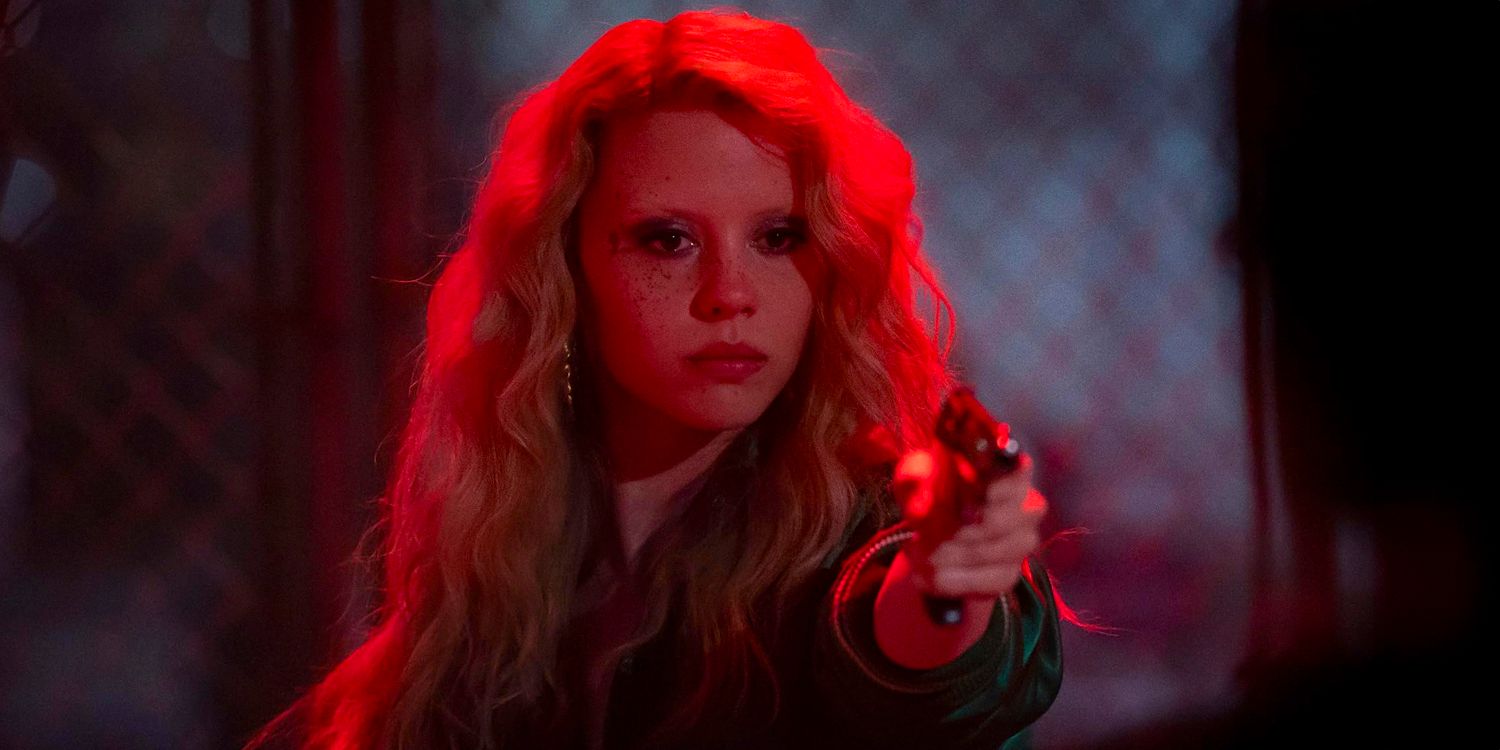It might seem hard to believe for those who can clearly remember its arcade debut, but Street Fighter II will be celebrating its 27th anniversary in 2018, with the series as a whole passing the 30-year mark last year.
Across three decades and dozens of releases, players have racked up countless battles with the franchise’s iconic cast of fighters. Many of their special moves are so baked into our muscle memories that even if we don’t touch a Street Fighter game for years, pulling off a Hadouken is like riding a bicycle.
When players really put their minds to a game, it’s amazing what they can uncover– some things intended by the developers, and some not. This list contains both of those types of tricks and exploits that Street Fighter aficionados have discovered about the legendary series over the years. Some of these items are straight-up glitches that snuck past Capcom’s QA department, and other things were actually discovered during development but were left in deliberately for players to discover. One trick in particular involving Street Fighter II was actually just discovered for the first time last year; a whopping 26 years after the game’s release!
Here are 17 Things You Didn’t Know You Could Do In Street Fighter.
Mirror matches in vanilla Street Fighter II
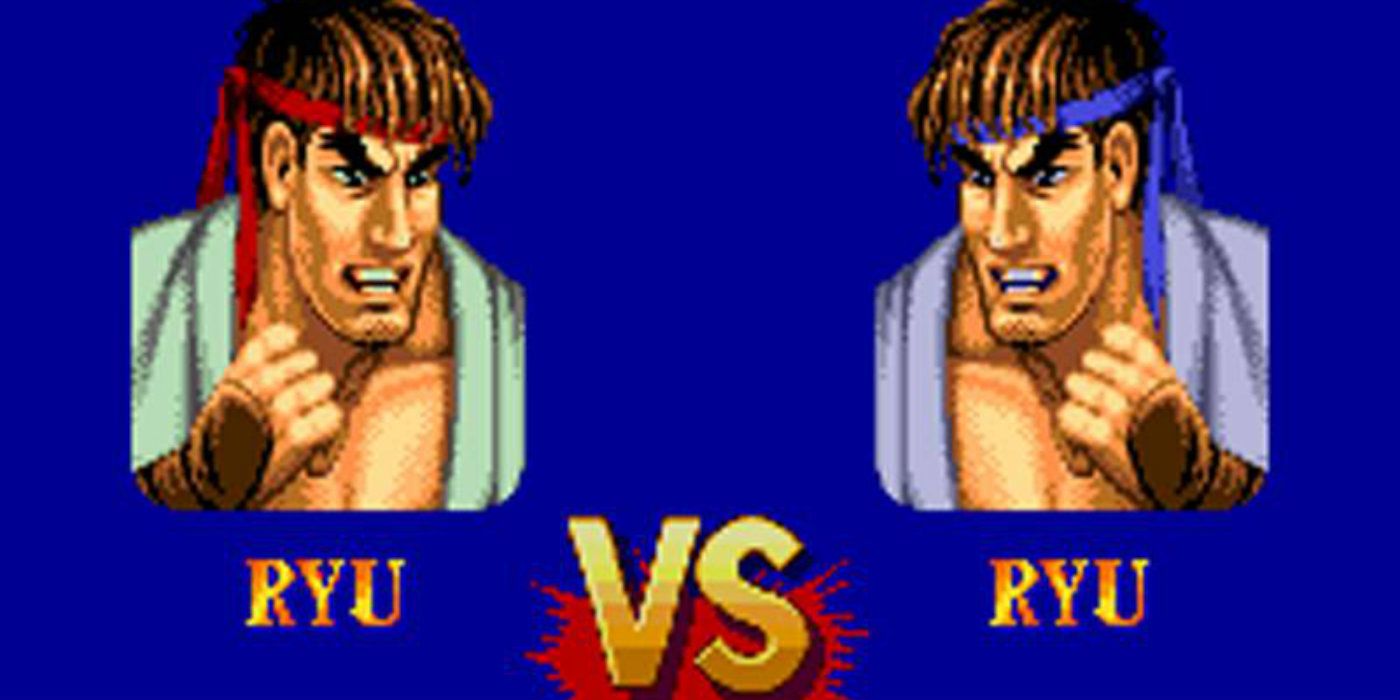
While the many incremental updates to Street Fighter games have become one of the more notorious aspects of the franchise’s legacy, there was a time when it was an exciting prospect to have an arcade game that would see major revisions every couple of years.
Arguably none of these updates were more significant than the “Champion Edition” of Street Fighter II.
The star of the show for Champion Edition was the added ability to play as the four boss characters, but another pretty significant change was made: being able to have fights between two of the same character. While SNES owners had to deal with the lack of playable bosses for the home port of vanilla Street Fighter II, they at least got the other major change to Champion Edition-– by inputting a code, mirror matches were possible in OG SFII for the first time ever.
Have a dance party with real world leaders
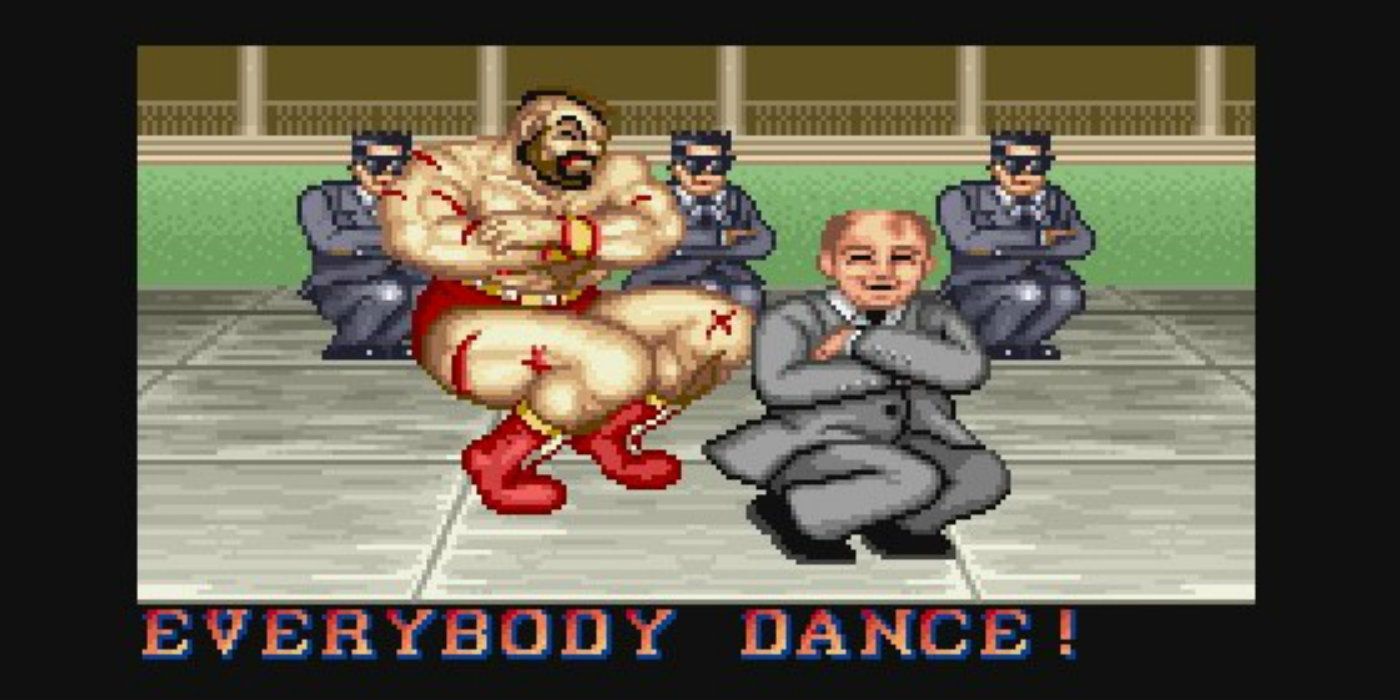
As serious as the one of Street Fighter II is, there is also a fair amount of silliness to be had, from Dhalsim’s clap-happy victory dance to the way characters’ eyes comically bulge out of their heads during certain attacks. This tonal mismatch also applies to the game’s endings, ranging from Blanka having a heart-melting reunion with his long-lost mother to Zangief dancing with Mikhail Gorbachev.
It’s no big revelation that Street Fighter II‘s characters were often borderline-offensive caricatures of the countries they hailed from. Bear-wrestling Russian Zangief was one of the worst examples of this.
Things really got out of hand after players beat the game with Zangief and saw him do a traditional Hopak dance with then-Soviet Union leader Gorbachev and three KGB agents. The fact that Zangief was one of the harder-to-use characters in the roster made this ending fairly seldom-seen until the days of YouTube.
Perform “fake” Hadoukens
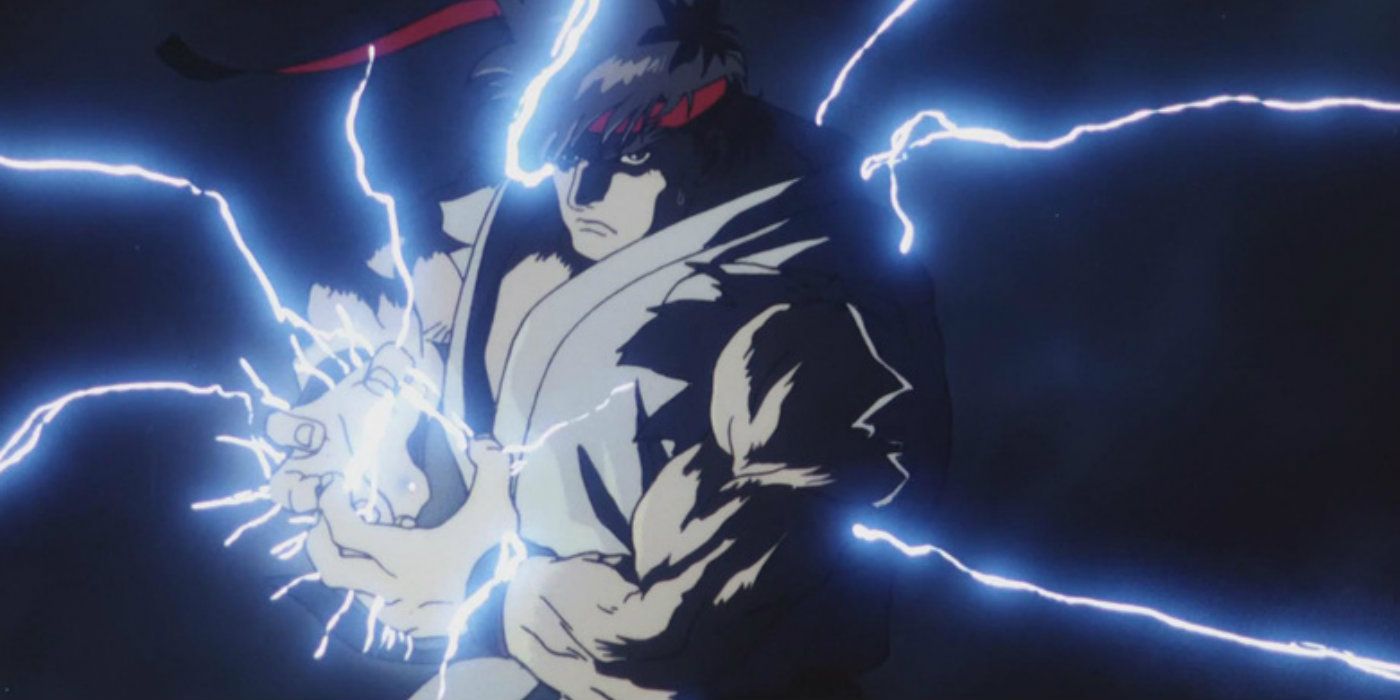
The Hadouken– and the shouting of the move’s name as its delivered– has become as iconic as Street Fighter itself, referenced throughout pop culture since the franchise’s debut. It’s typically the first special move that a new Street Fighter player learns, and as the series has gone on, more than a dozen different characters in the series learned their own version of the classic move.
The move was originated by, and still “belongs” to, series protagonists Ryu and Ken.
The two legendary characters can also do the most with Hadoukens, from having multiple versions of them to unleashing the most devastating ultra moves. Perhaps most interesting is the “fake-out” Hadouken that Ryu and Ken can use in various versions of the games, where they do the animation of a Hadouken without actually throwing one– fooling their opponent into reacting and leaving them vulnerable to attack.
Make fighters sick
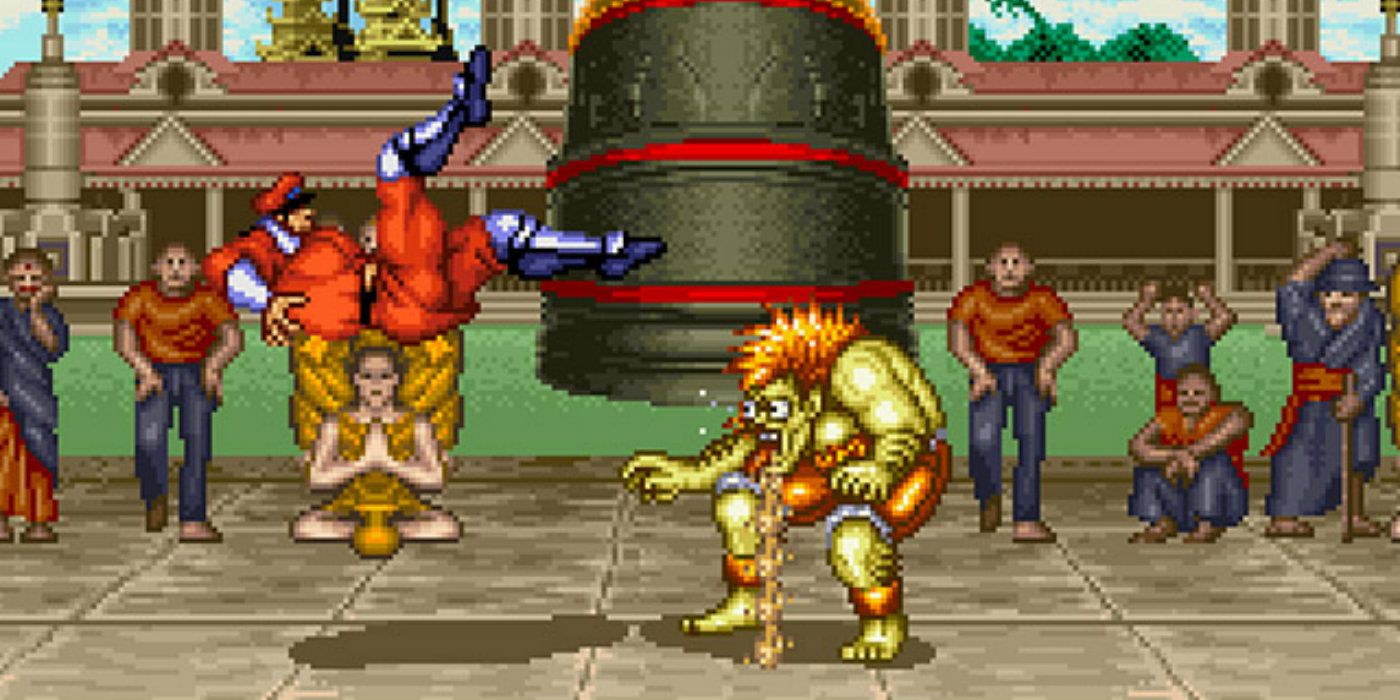
Even though Mortal Kombat was seen as the more violent alternative, don’t be fooled into thinking Street Fighter isn’t a brutal game, even in its more innocent early days. Just take a look at the portraits of characters after they’ve lost a fight: bruised, bloodied, masks shattered, and so on.
Of course, some of that can be seen during the game itself, you just have to look closely. While it might pale in comparison to the geysers of blood seen in MK and the like, the characters in Street FighterII are sometimes hit so hard that they literally vomit in the middle of a match. It happens very quickly and is easy to miss, but it’s definitely there– and happens more often than you probably realize– if you keep your eyes peeled.
That is, assuming you actually want to see it.
Do special moves without actually doing them
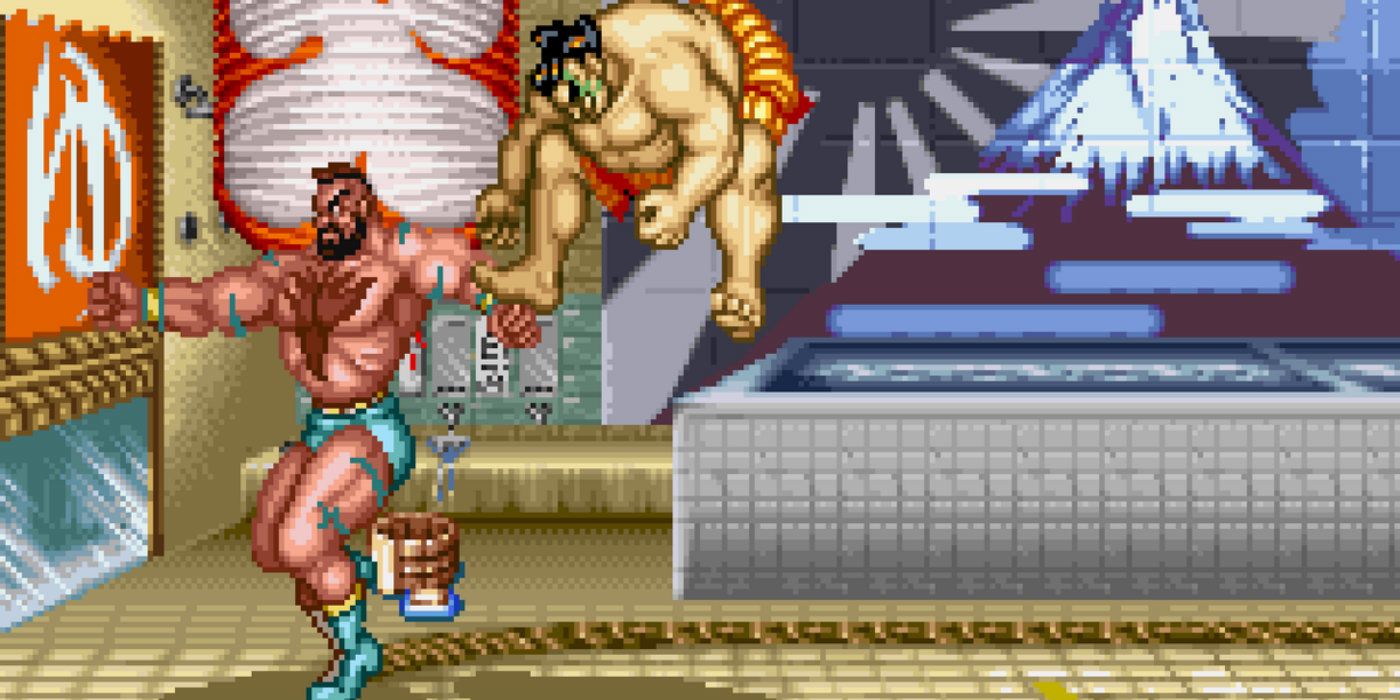
It happens to everyone who plays a fighting game for the first time– they’re pounding buttons, maybe taking a stab at doing special moves but not really pulling it off, and suddenly, their on-screen avatar performs some impressive move seemingly with a mind of its own. In the case of Street Fighter II, it’s by design that new players randomly pull off special moves even if they aren’t keying them in properly.
In an effort to make players want to keep coming back, the developers of SFII set it up so that the window of time allotted to enter the inputs for a special move would sometimes randomly be extended, letting people pull off moves even if they weren’t entering the buttons quickly enough otherwise.
Giving players a taste of the cool stuff they could pull off kept them pumping in quarters in order to replicate what they had done.
Play in first-person view
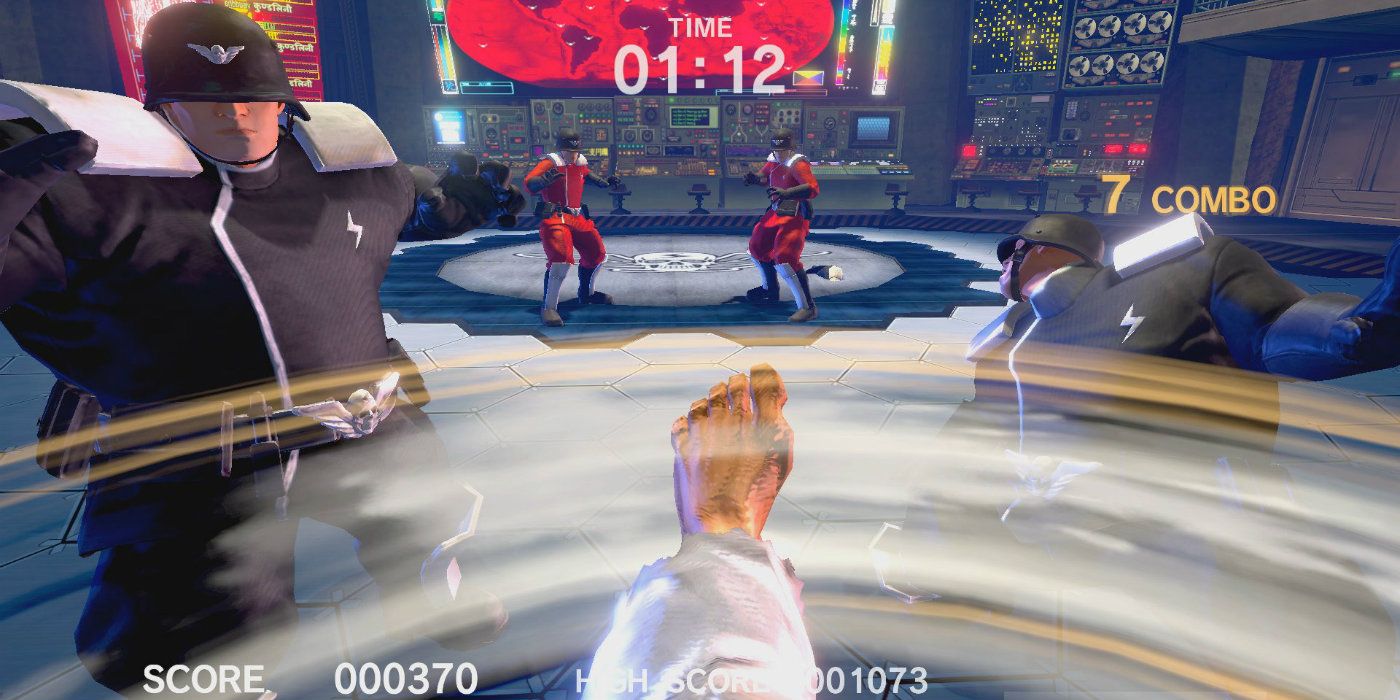
Other than the Street Fighter EX series– which isn’t particularly well-liked by the SF community as a whole– Street Fighter has remained a “2D” fighting game series even after the move to polygons. Besides the dramatic camera pans during power moves and victory poses, the actual gameplay of the series is largely fixed to a 2D plane.
Everything changed with the 2017 release of Ultra Street Fighter II for the Nintendo Switch.
Ironically found within a defiantly old-school, sprite-based installment in the franchise, Ultra has a mode called “Way of the Hado” that sees Ryu navigating 3D space and has to fight his way through polygonal bad guys via first-person perspective. It was a disposable bonus mode in a fairly niche entry in the series, and a lot of people missed it– but given how terrible it is, that’s not a bad thing.
Control Sean’s basketball before a match
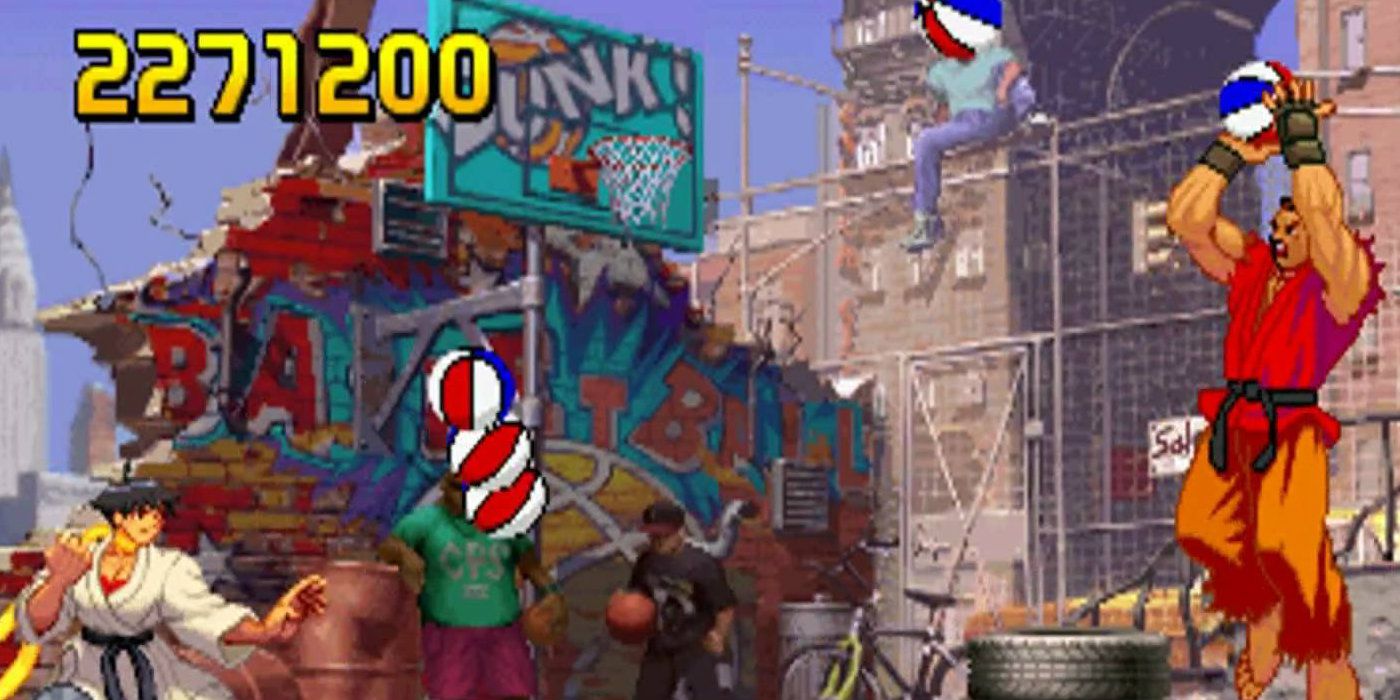
Sean was meant to be Street Fighter III‘s version of Ken– before Ken was going to be in the game– only younger, cockier, and a lot more into basketball. In fact, it was his love of the sport that inspired the “parry the ball” minigame.
That’s not the only time you can “play basketball” in Street Fighter III, though. During Sean’s introduction cutscene that involves him having a basketball, you can actually take control of the basketball and even fly it into the opponent’s head, causing them to go dizzy. This doesn’t have any effect on the match itself– the other fighter doesn’t begin the fight dizzy or with less health– but it’s still a neat little Easter egg that spices up the pre-match posturing a bit. It makes us wish all of the characters’ intros had some fun interactive element.
Negative edge
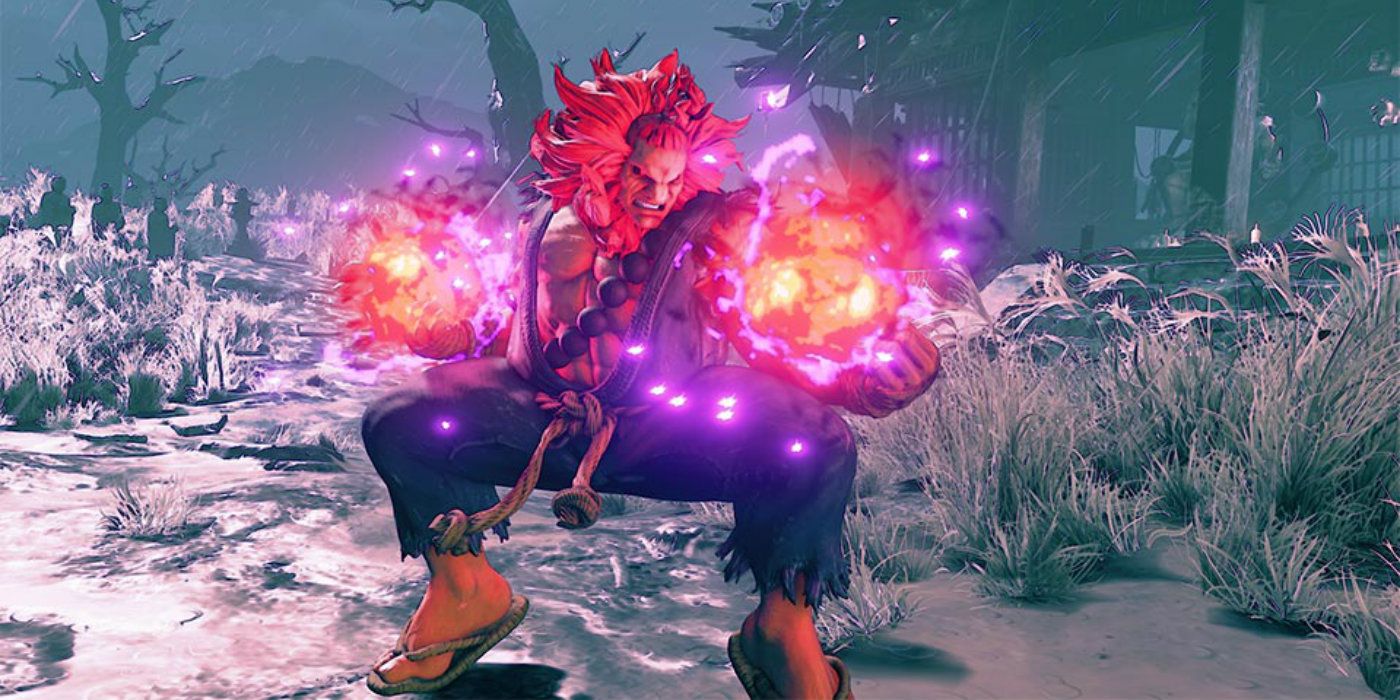
Pulling off special moves in fighting games can be tricky, involving a series of complex directional presses followed by an action button– all having to be done within a fairly short window of time. It’s even tougher when the moves have to be entered in the middle of a hectic battle with another fighter coming at you.
One trick that some Street Fighter players use in order to more effectively pull of special moves is something known as negative edge. This involves pressing the action button first, holding it down while the directional buttons are inputted, and then releasing the button at the end.
Some players find this an easier way to perform moves.
High-level players alternate between entering moves the standard way and the negative edge way as it suits their advanced techniques.
Freeze time with Rose
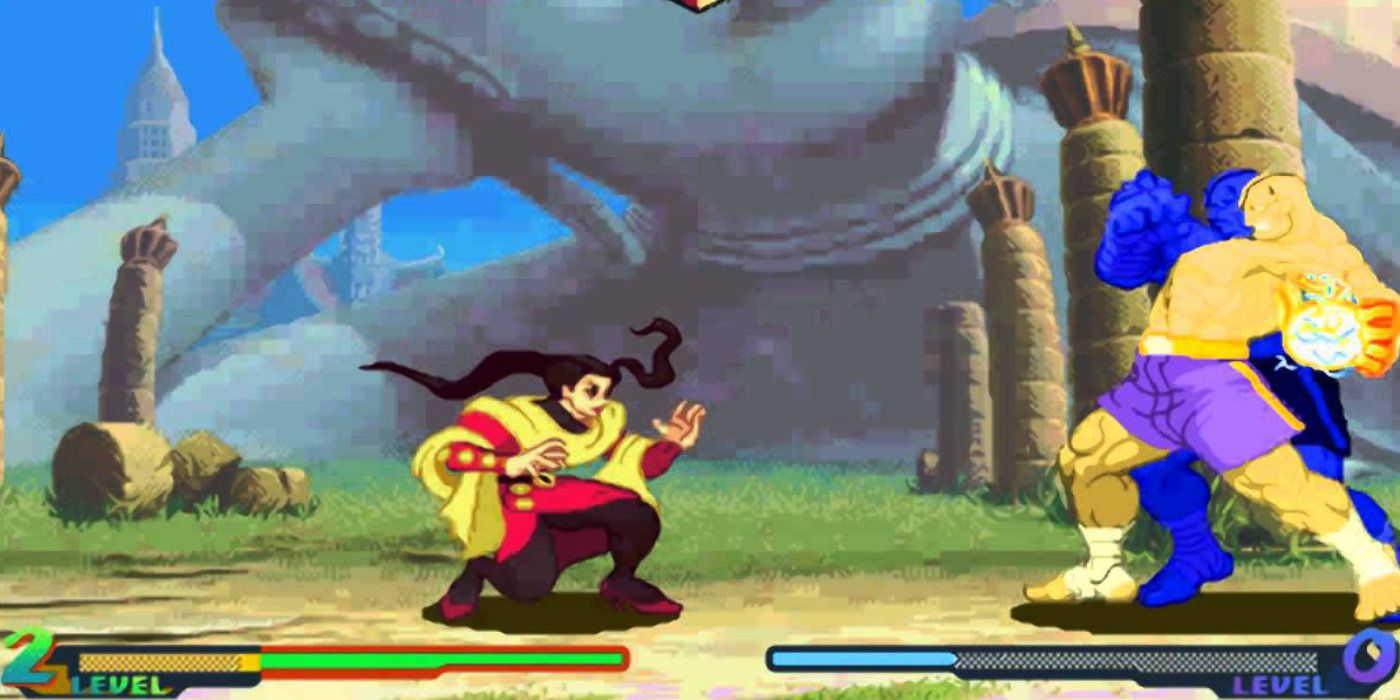
Introduced in the Street Fighter Alpha series, Rose is canonically one of the most powerful characters in SF lore, possessing the “good version” of M. Bison’s devastating Psycho Power. In one particular appearance, that power also extends to being able to freeze time around her. Let’s see M. Bison do that!
A glitch exclusive to the SNES version of Street Fighter Alpha 2 sees Rose being able to freeze her opponent in place, allowing her to wail away on them until their energy is depleted. Exploiting such glitches is generally frowned upon in competitive play against humans, but when it comes to fighting the often-cheap game AI, any edge that a player can use is fair game– even time-freezing glitches.
Juggling in Street Fighter II
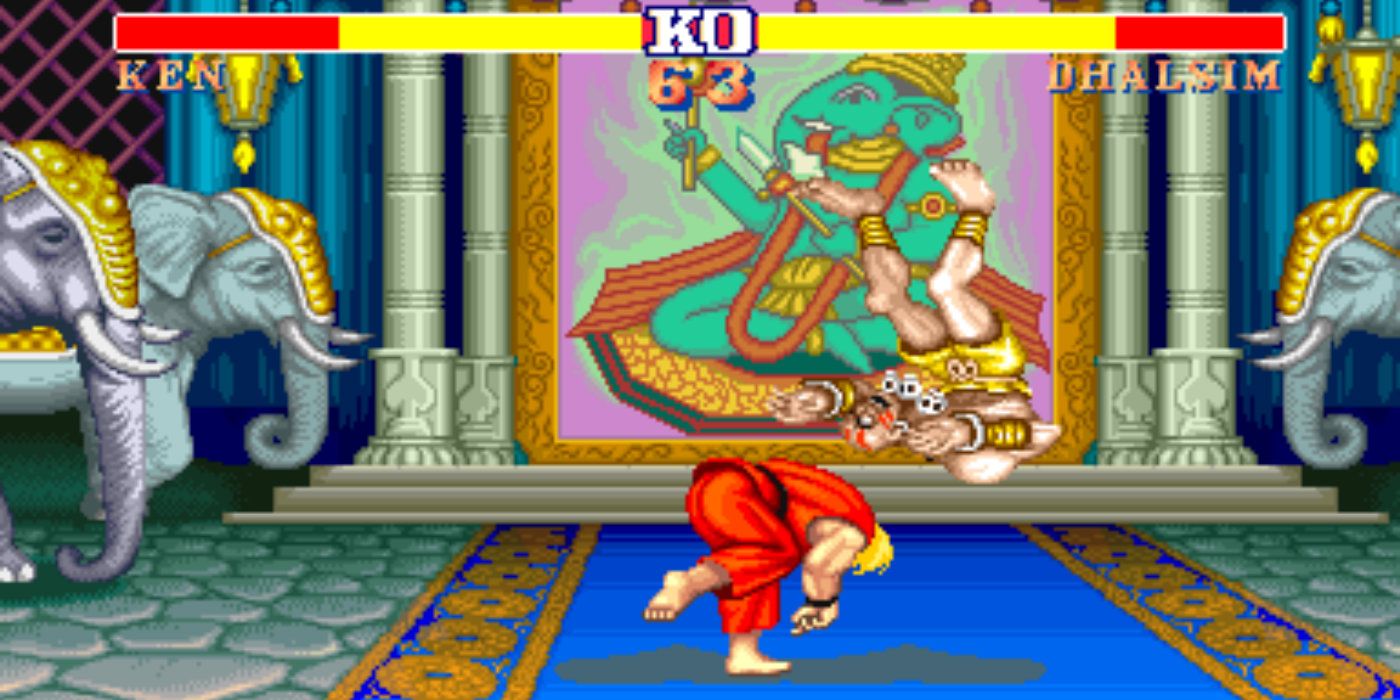
Street Fighter II is one of the most “ahead of its time” video games ever made– and remarkably, the original plans for it involved it being even more ambitious than it already was. The designers actually decided to scale things back a bit so as not to overwhelm a very green public.
One of the eventually-nixed gameplay mechanics that was to be included in SFII was the ability to juggle enemies in the air. This would become a staple in the fighting game genre as a whole within a few years of the game’s debut.
Not all traces of the planned juggle system were completely removed from the code.
Poor Dhalsim can still be on the receiving end of a juggle combo even in the original version of SFII from players who know how to exploit the error.
Mash buttons to reduce damage
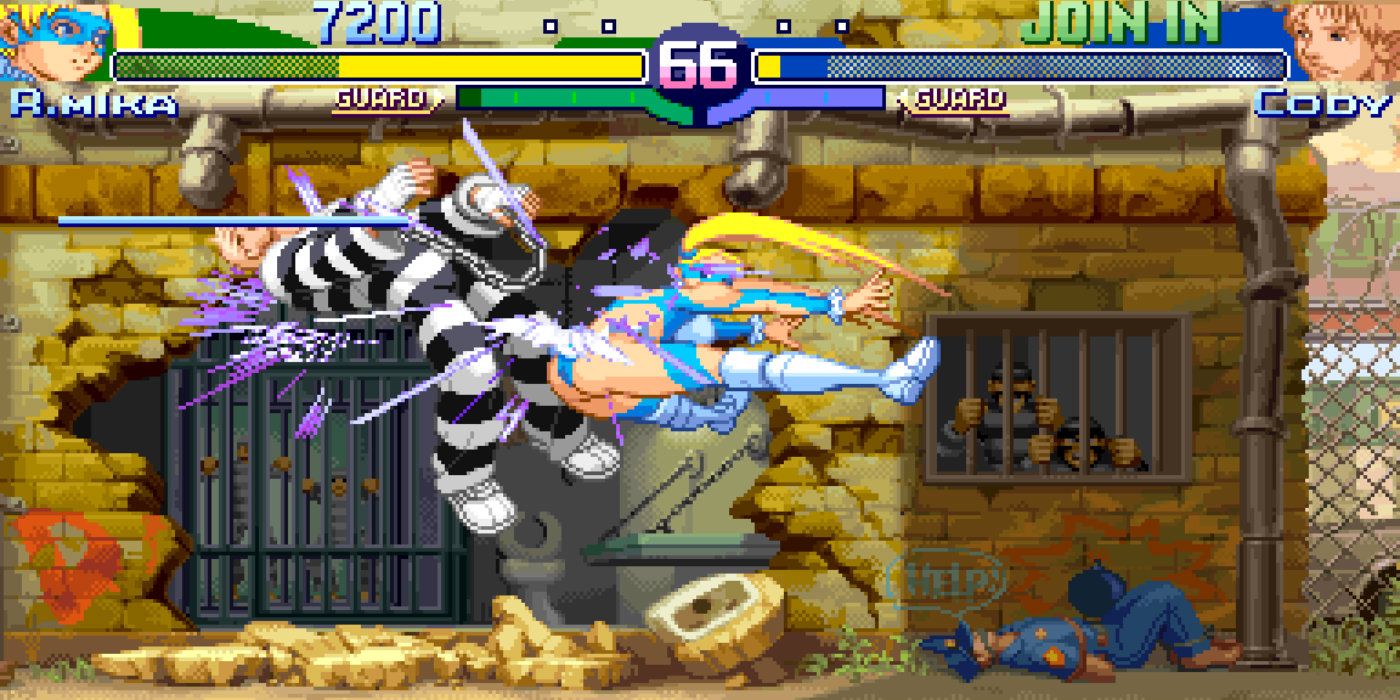
Furiously jamming on all the buttons and hoping it results in something cool is how a lot of people play fighting games– such people are dismissively referred to as “button mashers.” Generally, Street Fighter isn’t a series that you can have much long-term success with by just mashing the buttons.
Ironically, a little-known technique used by high-level players involves mashing buttons.
In Street Fighter Alpha 3, there is a way to reduce the amount of damage you take if you mash on the buttons at specific moments that you’re being attacked. It’s obviously a tricky technique to pull off, as going too crazy on pounding buttons could have you careening all over the screen and opening yourself up to attacks.
If you can get it down, you can proudly call yourself a button-masher and have it mean that you’re actually playing at an expert level.
Sweep your way to victory
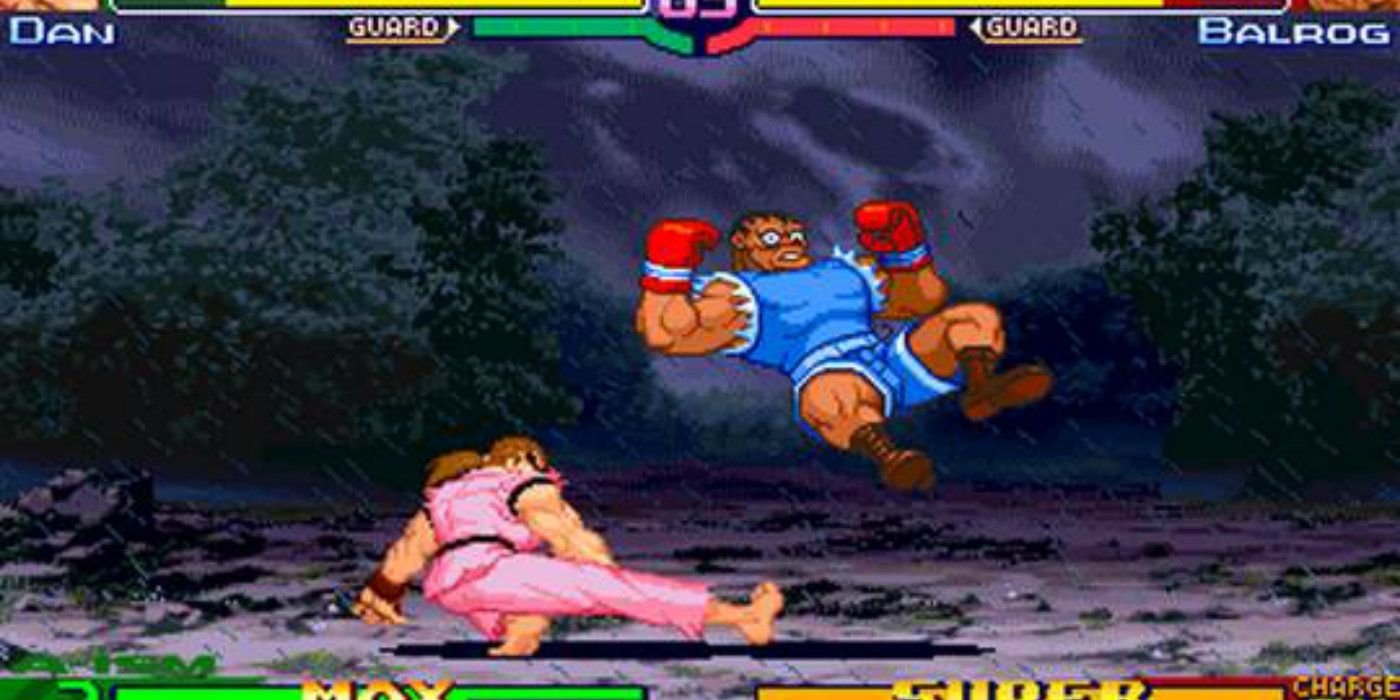
“Sweep the leg!” isn’t just the questionable instruction given to Daniel-san’s adversary in The Karate Kid— it’s sound advice for anyone playing the PlayStation version of Street Fighter Alpha 3, as it’s basically a guaranteed path to victory.
Due to an error in that particular version of Alpha 3‘s AI programming, computer-controlled enemies don’t guard against sweep attacks. It might not be the most noble of approaches, but if you’re looking for a way to easily best the game’s AI opponents, all you have to do is spam foot sweeps and you’ll easily cruise to one victory after another.
Maybe you think you’re too good to use such cheap tactics. Well, wait until you’re on the short end of one of the game’s unfair two-vs-one matches and you’ll likely be rethinking that.
Perform infinite combos against Vega
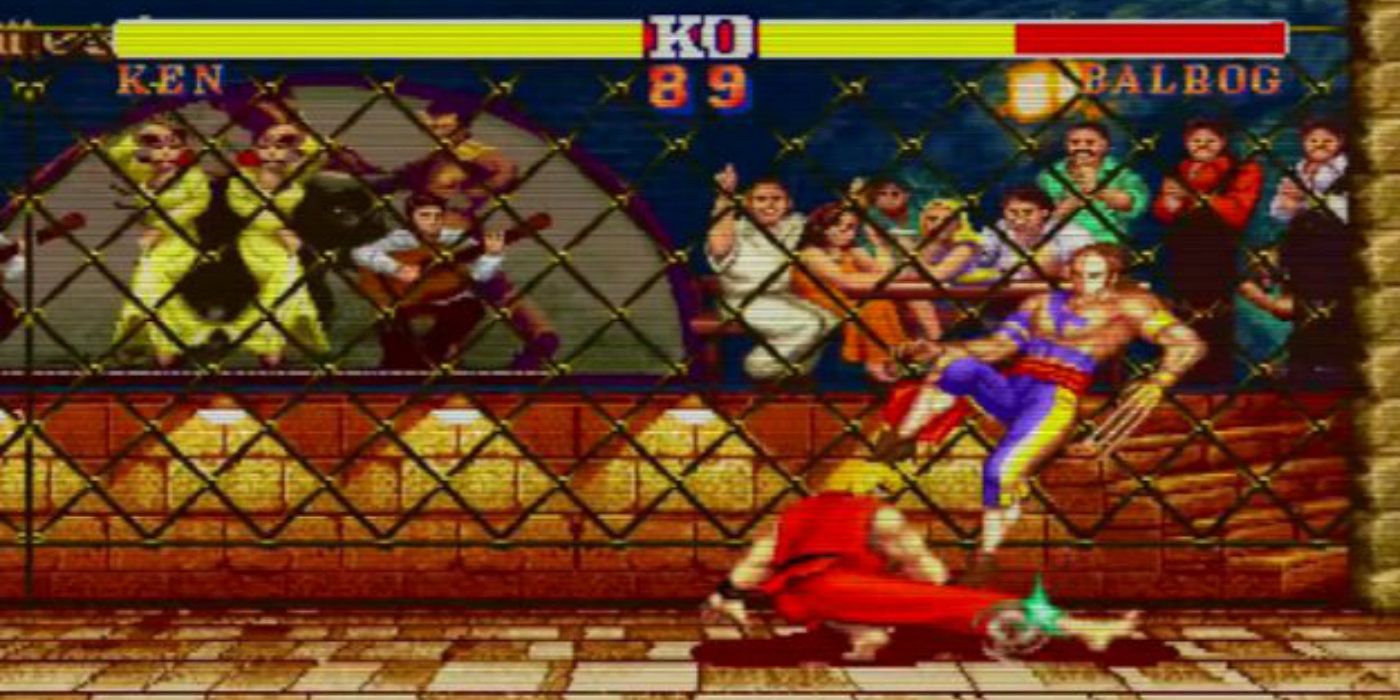
As mentioned in the intro, 2017 marked 26 years that Street Fighter II has existed. Remarkably, that was also the year that someone discovered previously-unknown combo possibilities.
A Street Fighter II expert known as “Desk” found a way to exploit a well-known glitch with Vega that added an extra frame to his falling animation, opening him up to extra attack. Desk discovered that this glitch paved the way for the opportunity to perform combos that begin “off the ground,” which shouldn’t technically be possible in SFII since the game makes characters invincible as they rise from a fall.
Among the possibilities of this exploit is the ability to do theoretical “infinite combos” if executed perfectly.
Note: Vega is named “Balrog” in the screenshot above as Desk was playing an international version of the game where the names are different from the North American ones.
“Vanilla Ryu” fight “Super Turbo Ryu”
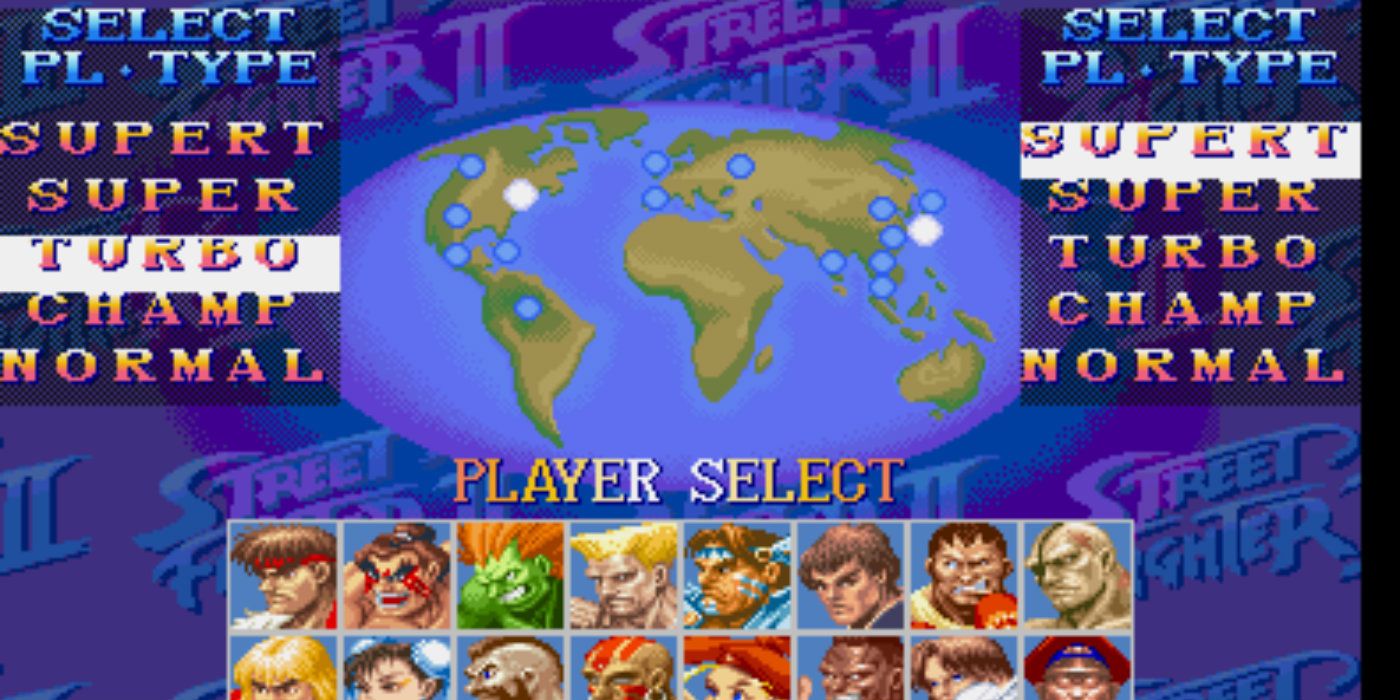
Although the changes might not necessarily be apparent to the untrained eye, the versions of each Street Fighter II character are fairly different from one upgrade to another. Within each game, all of the characters are balanced to play off of the others in that particular installment. There isn’t supposed to be any interaction of characters from different versions as it would completely break the balance-. Ideally, you shouldn’t want to go back to an inferior version anyway.
However, in various compilations and anniversary re-releases, Capcom decided to have a little fun and let players do exactly that. Street Fighter Collection 2 for PlayStation and Saturn was the first to do it via a hidden mode. Then the PS2/Xbox game Street Fighter Anniversary Collection did it loud and proud with a special “Anniversary Edtion” of the game that lets players pick any version of any character, balance be damned.
Play as partner characters in Puzzle Fighter
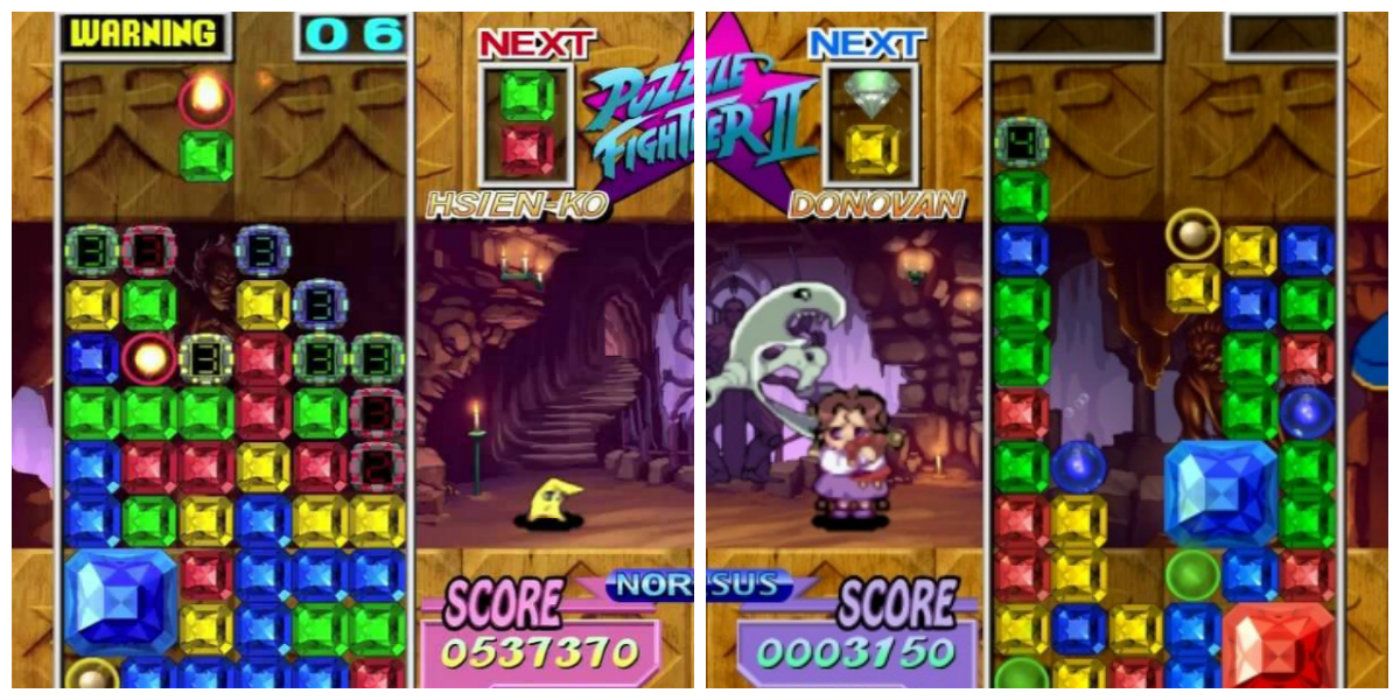
We snuck in a non-Street Fighter game on this list, but this one was too interesting not to include. Plus, Super Puzzle Fighter II Turbo is more closely-associated with its Street Fighter lineage than its connection to fellow Capcom franchise Darkstalkers.
It’s fairly common knowledge that Puzzle Fighter has three hidden playable characters: Akuma, Dan, and Devilot. They can be selected moving the cursor in special directions on the character select screen and/or after certain conditions are met.
What people don’t know about are the three additional hidden characters; playable versions of the existing fighters’ partner characters.
Among this second set of secret puzzlers are Morrigan’s pet Bat, Donovan’s charge Anita, and, weirdest of all, Hsien-Ko’s paper talisman, Mei-Ling. A quick Google search reveals the necessary steps to unlock them in your version of choice.
Cheat codes erase clothing
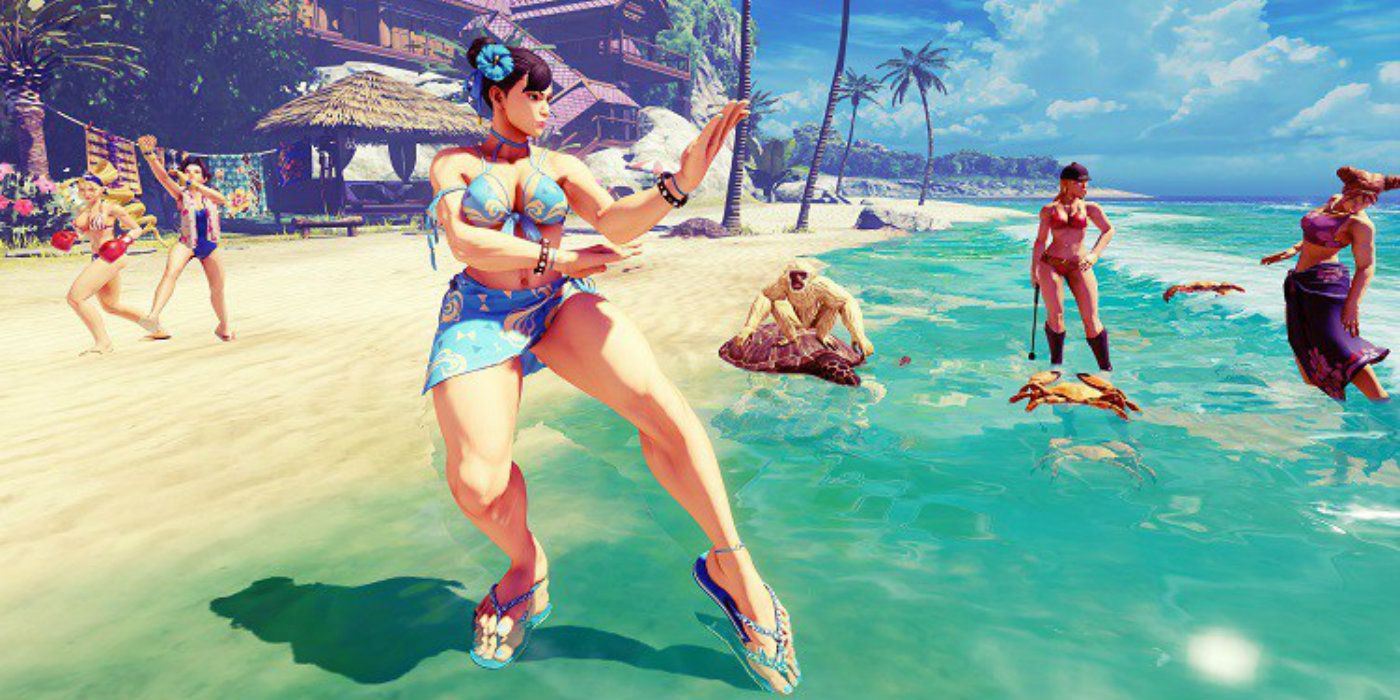
Chun-Li has long been objectified by Street Fighter players. Once the 3D Street Fighter games came to PC, hackers really went to town on creating various creepy mods for Chun-Li (and the other women on the roster) for the games.
While Capcom hasn’t quite gone full-on Dead or Alive Xtreme with Street Fighter yet, they did up the fan service quite a bit for Street Fighter V, even including beach-inspired outfits. To take things a step further, a cheat code for SFV lets players remove various accessories from some of the characters’ clothing– most notably, the skirt from Chun-Li’s swimwear, leaving the fighter in just bikini bottoms.
It’s far tamer than many of the modder creations, but provocative nonetheless.
Go glitch-crazy with Guile
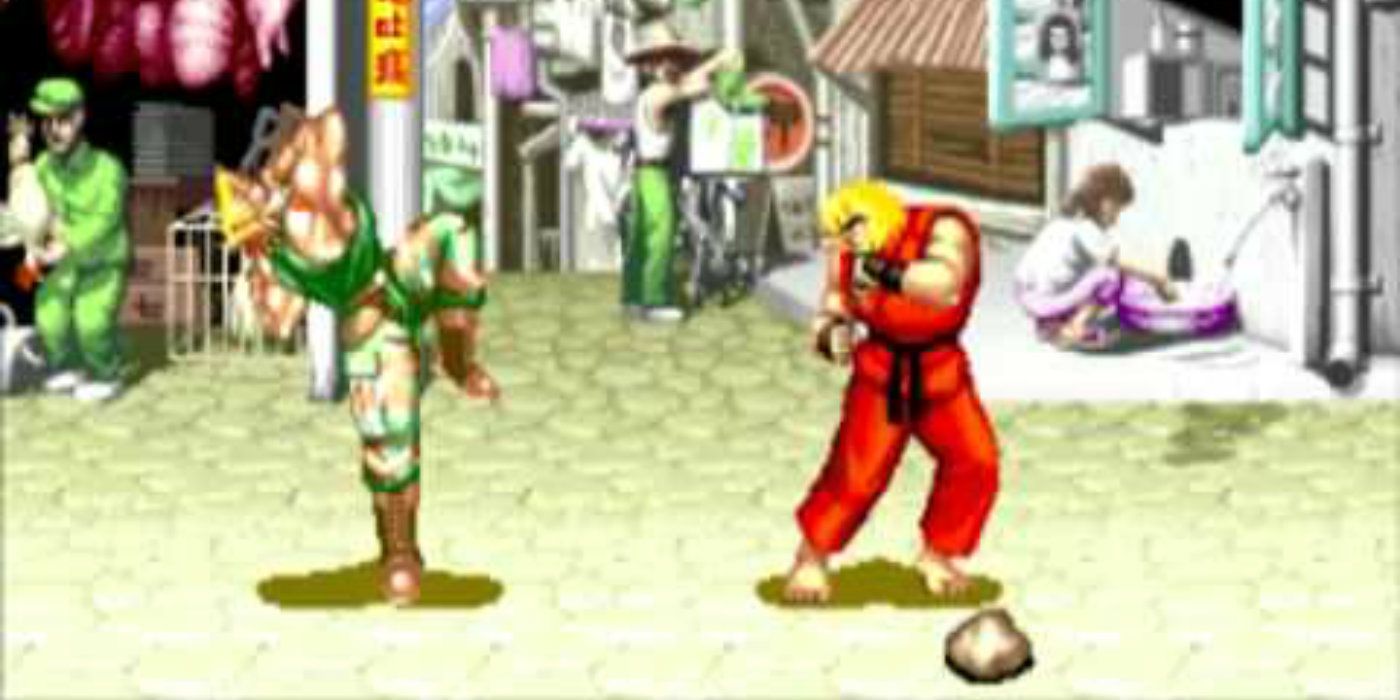
For Street Fighter players who love to find and exploit character glitches, nobody offers more opportunity for such play as Guile. The American military fighter, designed to be slightly overpowered among the original SFII lineup, has some pretty entertaining abilities in the early arcade releases for those who know how to use them.
First is Guile’s “golden stance,” a glitch that freezes him in place as he recovers from an inverted kick and causes opponents to try in vain to successfully attack him. Then there is Guile’s ability to do an “invisible throw” which lets him throw an opponent without even touching them. Finally, Guile has an infamous trick, commonly referred to as “handcuffing,” where he locks an opponent to the floor and can attack to his heart’s content until the opponent is dead.
Interestingly, only an invisible throw can consistently free someone from being handcuffed.
—
What else can you do in Street Fighter? Share your tips in the comments!
